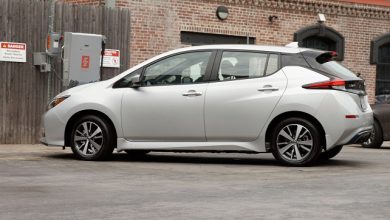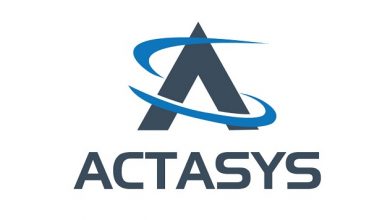Urban air mobility solutions will revolutionize mobility industry, says GlobalData

The race to develop urban air mobility (UAM) solutions has gathered momentum over the past few years even though the concept has been around for decades. UtAM, in particular electric vertical take-off and landing (eVTOL), has potential benefits such as easing traffic congestion and enables efficient passenger and cargo transportation, says GlobalData, a leading data and analytics company.
In a global survey (over 500 respondents) conducted by GlobalData between 6 May and 10 May 2021, 35% of the respondents stated that they are aware of UAM/flying vehicles, and 34% felt that safety and reliability will be the primary drivers for using UAM solutions.
Shagun Sachdeva, Innovation Analyst at GlobalData, comments: “Even though there has been growing consumer awareness about the utility of UAM, gaining consumer confidence requires time and combined effort across the UAM ecosystem. Leveraging UAM partnerships to coordinate messaging campaigns among UAM stakeholders will be a good start to gain public trust.”
GlobalData’s latest report, ‘Urban Air Mobility Solutions: Are we ready for the new mobility revolution?’, reveals that growing discussions around UAM solutions on social media platforms and active jobs for the same continue to increase since September 2020. It also reveals that most discussions on social media in the UAM solutions space are around product launch plans, special purpose acquisition company (SPAC) route to go public, partnerships with ride hailing services, and trial flights.
Towards the end of 2020, there was a spike in discussions around Volocopter opening reservations for its air taxi flights and the Chinese player EHang demonstrating heavy payload aerial vehicles. Another uptick in discussions was observed in 2021 when Joby Aviation took a SPAC route to go public and the very first flying car airport opened in the UK.
Investments in the UAM solutions space have grown from US$76m in 2015 to US$1bn in 2020 and high levels of investment have been directed to advanced technologies in areas such as developing prototype autonomous/driverless UAM vehicles, flying electric racing cars, as well as vehicles with sophisticated pilot assistance features. At the same time, the industry has witnessed the rise of the ride-hailing firms such as Grab, rental car/bikes companies, flight lease services and executive jet operators looking to take the first-mover advantage and tap the disruptive opportunities in the UAM market.
Ms Shagun continues: “When it comes to venture capital (VC) investment, investors are bullish on the UAM space. Startup and seed funding remains a significant proportion in investments in the recent years, indicating the promise of higher innovation activity in the UAM field.”
Slovak company Klein Vision has successfully conducted intercity test run of a prototype flying car AirCar between Nitra and Bratislava in Slovakia on 28 June 2021.
However, the COVID-19 pandemic seems to be an existential threat to the notion of shared mobility in the UAM space. GlobalData expects decision makers to likely revisit their innovation portfolios post COVID-19 era. Big players in the aviation and automotive industry might be tempted to roll back future projects to focus on their core business.
Ms Shagun concludes: “2021 is likely to be the year of revisiting the strategies when it comes to UAM development, critical infrastructure network building, and enabling public acceptance. Manufacturers are aware that the widespread use of UAMs is likely to take years. However, their market arrival will disrupt the mobility landscape, which is already in transition.”





